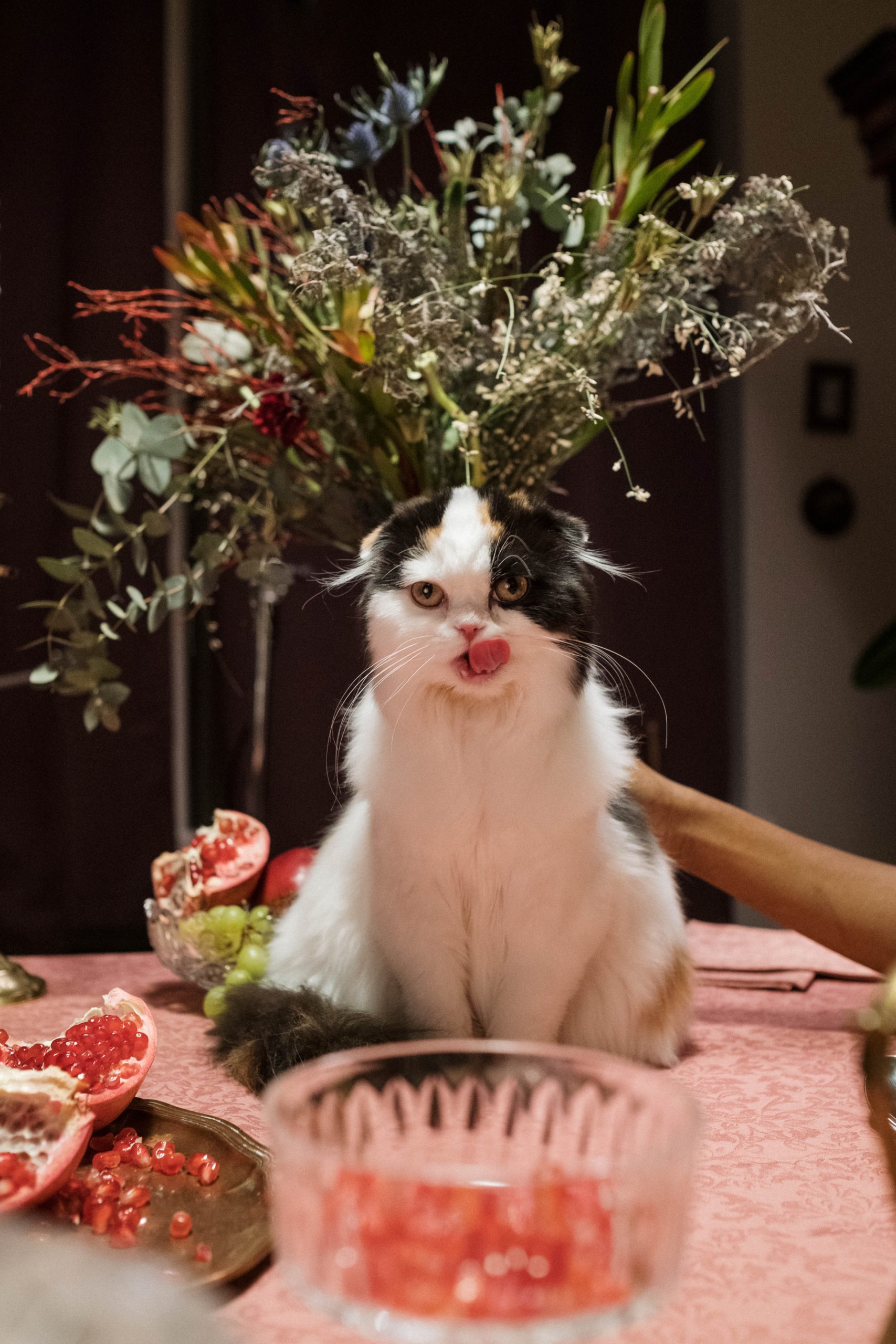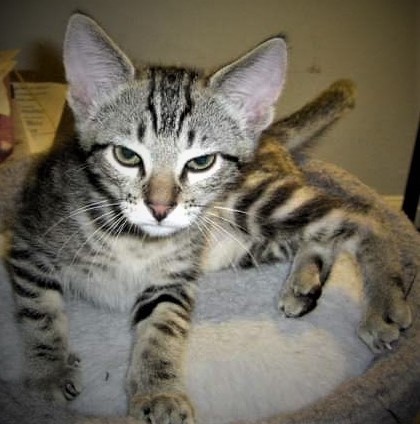
Is dry food or wet better for cats?Is dry food or wet better for cats?
June 1, 2021 0 Comments 17:31Today in this world where a variety of cat foods are available, a pet parent is always confused about the best food for his cat. This situation may not develop if pet parents don’t have various options. I am saying this because the main purpose of a pet parent is[...]



